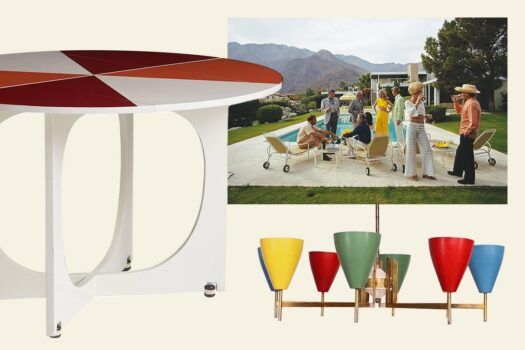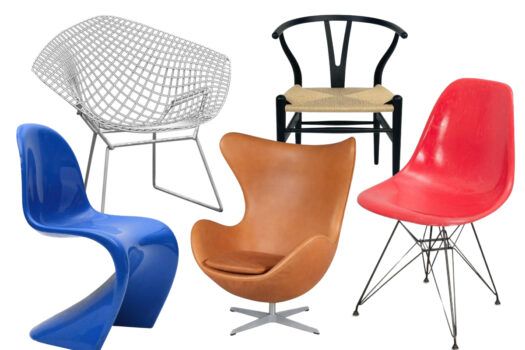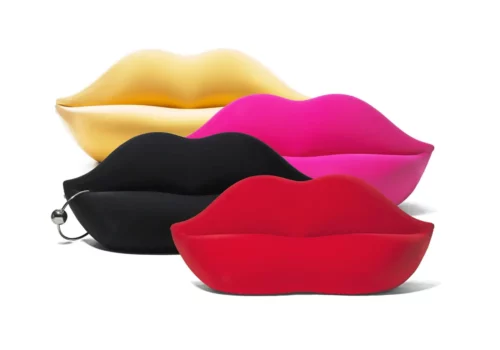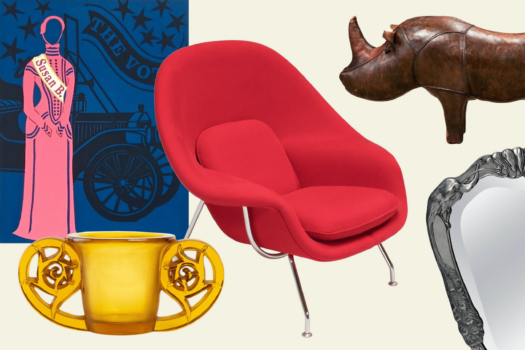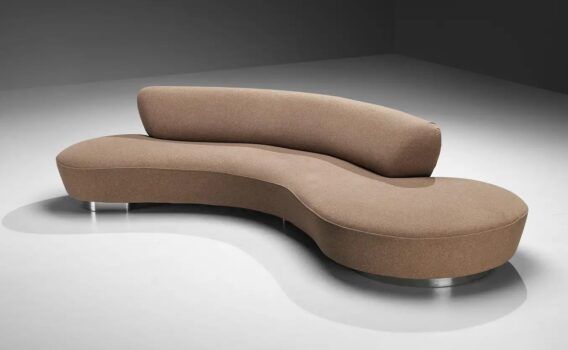Can you tell a swinging Sixties–era Verner Panton from a Pierre Paulin? What about the thoroughly mid-century modern Charlotte Perriand from Le Corbusier? Do you know what manufacturer principally produced the works of husband-and-wife design duo Charles and Ray Eames? And the pronounced differences between Italian Venini glass and the originally Irish crystal maker Waterford? Test your design expertise by seeing how many iconic pieces of furniture and decor you can match to the correct maker.
1. Who designed this iconic credenza?
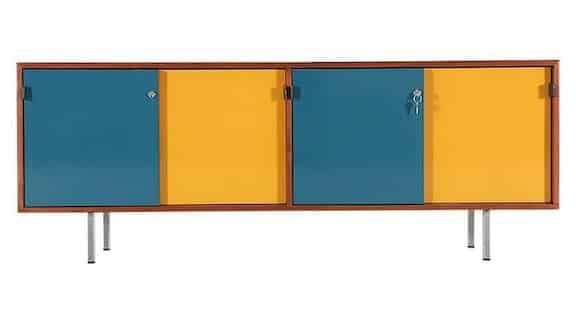
A. Charlotte Perriand
B. Verner Panton
C. Kelly Wearstler
D. Florence Knoll
2. Who designed this rosewood lounge chair and ottoman?
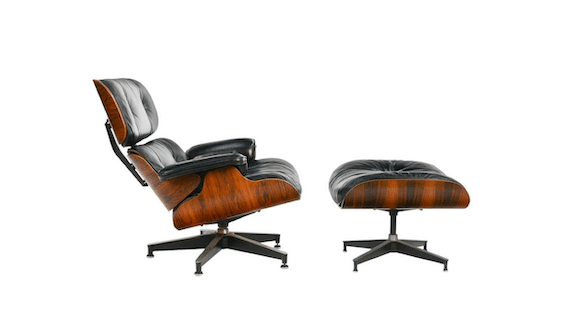
A. Herman Miller
B. Ray Eames
C. Charles Eames
D. All of the above
3. Which designer came up with this curvy mid-century modern armchair?
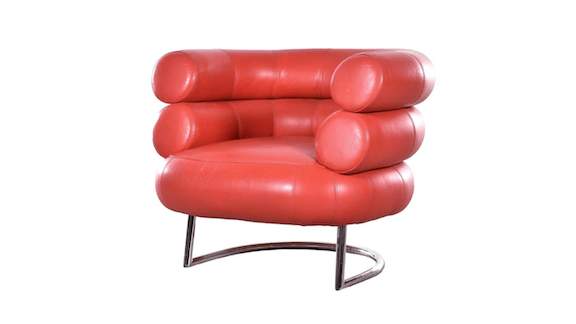
A. Eileen Gray
B. Le Corbusier
C. Ellen Degeneres
D. Charlotte Perriland
4. Who designed the Gondola sofa?
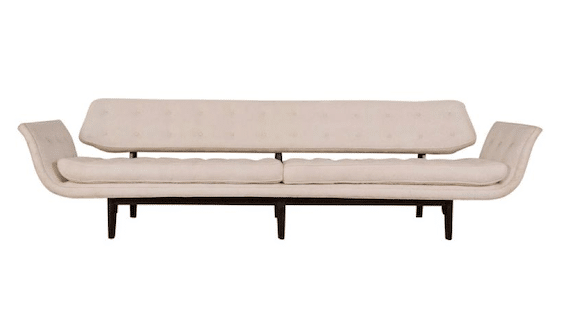
A. Frank Lloyd Wright
B. Louis XVI
C. Edward Wormley
D. Le Corbusier
5. Who designed these undulating vases?
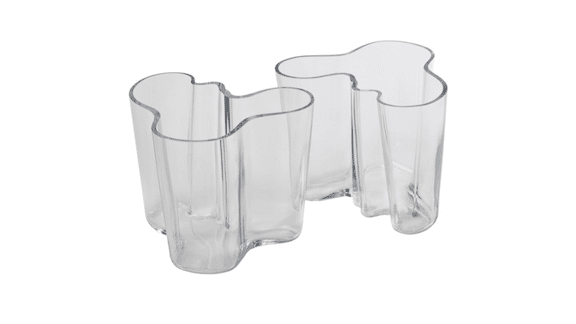
A. Venini
B. Waterford
C. Alvar Aalto
D. Seguso
6. The original S chair was designed by:
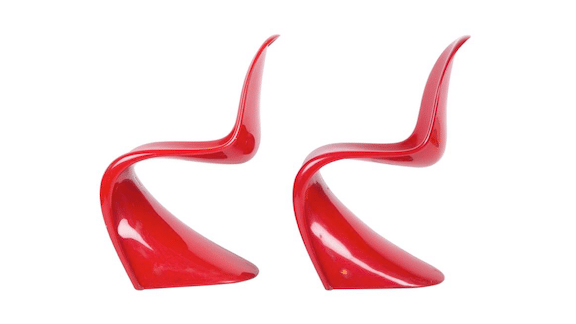
A. Arne Jacobsen
B. Verner Panton
C. Pierre Paulin
D. Hans Wegner
7. What animal was this chair modeled on?
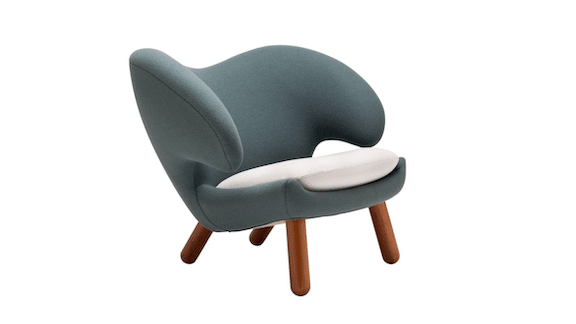
A. Shark
B. Pelican
C. Turkey
D. Manatee
8. Who designed the Tokyo chair?
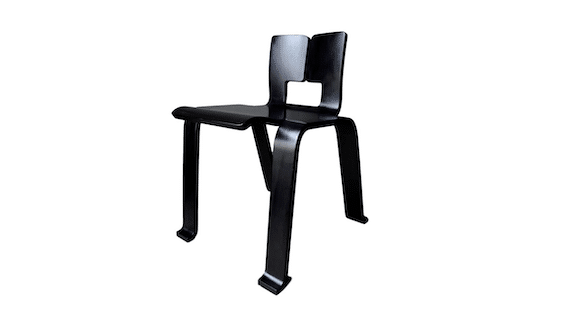
A. Isamu Noguchi
B. Charlotte Perriand
C. George Nakashima
D. Marcel Wanders
9. What storybook character does this chair refer to?
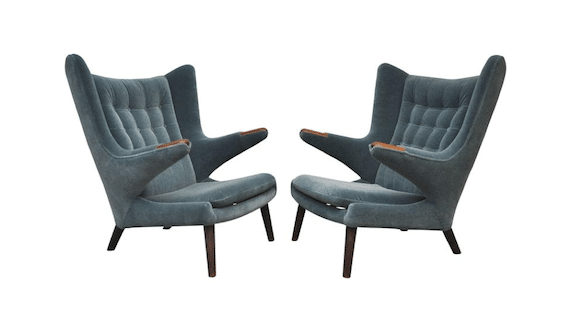
A. Papa bear
B. Mama bear
C. Baby bear
D. Goldilocks
10. Who designed this retro-futuristic phone?
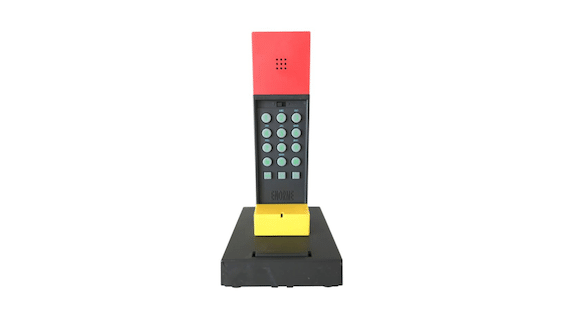
A. Nikola Tesla
B. Mario Bellini
C. Alexander Graham Bell
D. Ettore Sottsass
11. This lamp was designed to resemble
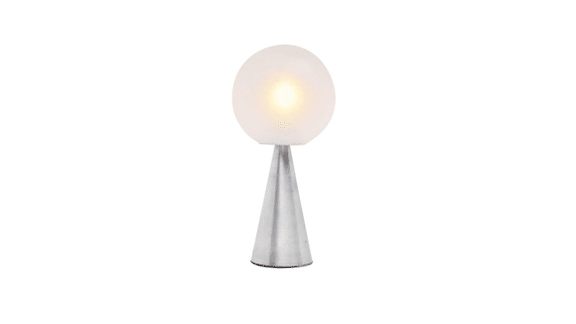
A. the moon
B. a cue ball
C. a ping pong ball
D. a spacecraft
12. Who designed the Diamond chair?
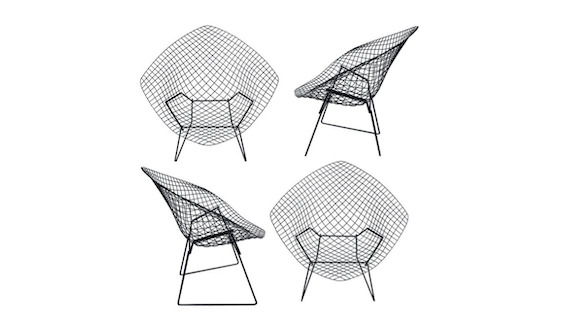
A. Harry Bertoia
B. Warren Platner
C. Val Bertoia
D. Le Corbusier
Answers
- D. Florence Knoll. Florence Knoll‘s design for this lacquered walnut credenza shows the clear influence of Walter Gropius, Marcel Breuer and Ludwig Mies van der Rohe — three Bauhaus masters under whom she studied after they had emigrated to the United States. But the American architect and furniture designer accomplished much more than creating such iconic pieces. Together with her husband, Hans Knoll, she advanced the careers of design superstars including Eero Saarinen, Harry Bertoia, and Isamu Noguchi, recognizing their talent early on and contracting them to produce pieces for the couple’s company, Knoll Inc.
- D. All of the above. Husband-and-wife team Charles and Ray Eames became mid-century modern design legends through their experimentation with molded wood, plastic and fiberglass. They created the iconic Eames lounge chair for the equally famous manufacturer Herman Miller, taking inspiration from the classic English club chair and crossing it with a “well-used first baseman’s mitt.”
- A. Eileen Gray. Gray created the curvaceous, tiered Bibendum armchair, named for the French Michelin Man, as a sort of witty take on the geometric purity of mid-century modern design. Although Eileen Gray worked outside the design establishment of her day, her ideas clearly inspired the male talents who dominated it, as evidenced by De Pas, D’Urbino and Lomazzi’s 1967 Blow inflatable armchair and similar lounge chair. A Dragon chair of hers that was once owned by Yves Saint Laurent sold at auction in 2009 for $28.3 million.
- C. Edward Wormley. The curvy, tufted Gondola sofa epitomizes Edward Wormley’s seamless melding of the stark modernism that prevailed at the time with his own more decorative vision. This approach is perhaps best summed up in one of the designer’s most-cited quotes: “Modernism means freedom — freedom to mix, to choose, to change, to embrace the new but to hold fast to what is good.”
- C. Alvar Aalto. Although Alvar Aalto is best known for his furniture design, it was this Savoy vase — so named because it was created for the 1937 launch of Helsinki’s luxury Savoy restaurant — with its asymmetrical, amoeba-like shape, that put him and his wife, Aino, on the map as designers.
- B. Verner Panton. Verner Panton gave the world its very first molded-plastic seating in 1960. The stackable, cantilevered S chair, made from one continuous sheet of the material, is one of the most copied works of modernist furniture and, in 2006, was officially recognized as a masterpiece of Danish design with its inclusion in the Danish Culture Canon.
- B. Pelican. The Pelican chair by Finn Juhl evokes rather than resembles its namesake, its arms suggesting wings folding for a dive into the water after a tasty fish. Other avian seating includes the Swan chair by Arne Jacobsen and the Bird chair by Harry Bertoia.
- B. Charlotte Perriand. Molded plastic wasn’t the signature material of French designer and wood enthusiast Charlotte Perriand, but she found it perfect for riffing on the art of origami in her Tokyo chair, which debuted at the 1954 Synthèse des Arts exhibition in Japan.
- A. Papa bear. Hans Wegner may not have drawn direct inspiration from the fairy tale in designing his Papa Bear chair, but ample proportions and lush upholstery would doubtless have made the ursine patriarch very happy indeed.
- D. Ettore Sottsass. A toned-down and functional incarnation of the postmodern Memphis Group furniture for which Ettore Sottsass is famous, the primary-colored Enorme phone may seem comically large today but was cutting-edge when released, in 1986, and is now in the permanent collection of New York’s Museum of Modern Art.
- B. a cue ball. The name of this modern minimalist lamp by Gio Ponti says it all: Bilia, Italian for “billiard ball.”
- A. Harry Bertoia. Although Warren Platner also famously used the technique in his pieces, it was Harry Bertoia who created this icon of bent-steel-rod design. He later explored the rods’ auditory potential in a series of sound sculptures. His son, Val Bertoia, has continued the series while pushing its limits with his own biomorphic metal designs.
